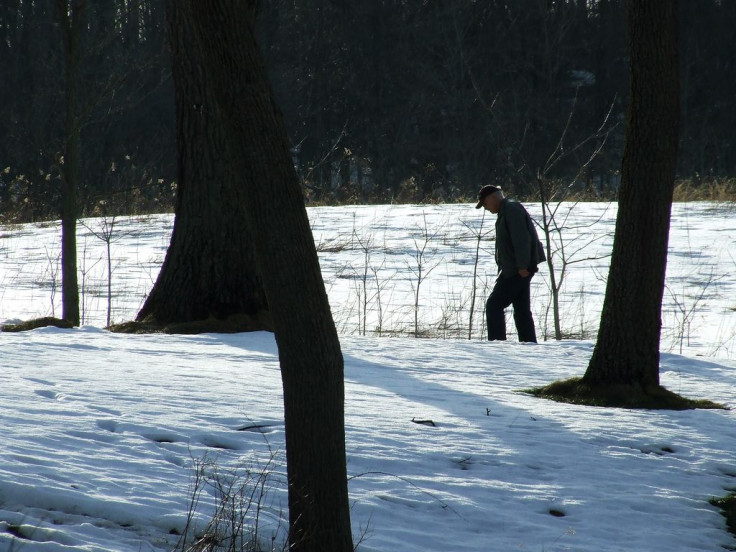Strokes Influenced By Weather: Hospitalizations Rise And Fall With Temperature, Dew Point

Somewhere in America, an elderly man sits down to watch TV away from his usual cable lineup — yet immediately finds the Weather Channel with something like instinct. Another winter storm churns northward along the East Coast and many of our elders turn to trusted meteorologists for evermore detailed forecasts, almost as if they feel it. In the coming hours, some will suffer stroke and die.
Is there a connection? Evidence presented by researchers at the American Stroke Association’s annual conference this month shows a connection between abrupt changes in the weather — the rise and fall of temperature and dew point — and increased stroke hospitalizations and deaths.
"Weather is not something people would typically associate with stroke risk,” Judith H. Lichtman, an associate professor of epidemiology at Yale University’s school of public health. “However, we’ve found weather conditions are among the multiple factors that are associated with stroke hospitalizations.”
The researchers compared a national sample of more than 134,000 U.S. adults hospitalized between 2009-2010 for ischemic stroke with meteorological data on temperature and dew point during that time. Among findings, larger swings in temperature along with a higher dew point — indicating moisture in the air — were linked with greater hospitalizations for stroke. Likewise, unseasonably low temperatures coincided with increased stroke hospitalizations and death.
Conversely, the stroke rate fell with just slight increases in temperature. For every temperature increase of 1 degree Fahrenheit, hospitalizations for stroke fell by 0.86 percent, while deaths fell by 1.1 percent. They also found that greater fluctuations in temperature and dew point were associated with increased hospitalizations, though not with more deaths.
"This study suggests that meteorological factors such as daily fluctuations in temperature and increased humidity may be stressors that increase stroke hospitalizations," Lichtman said. "People at risk for stroke may want to avoid being exposed to significant temperature changes and high dew point and, as always, be prepared to act quickly if they or someone they know experiences stroke signs and symptoms.”
Though Mother Nature’s thermostat remains beyond our reach, many adults may mitigate stroke risk by exercising, eating healthy, and staying away from tobacco and alcohol, according to the Centers for Disease Control and Prevention. Symptoms of stroke include facial drooping, weakness in the arms or legs, severe headache, and trouble seeing and talking.
Future research may investigate closer the connections between weather and stroke, among other health issues.



























